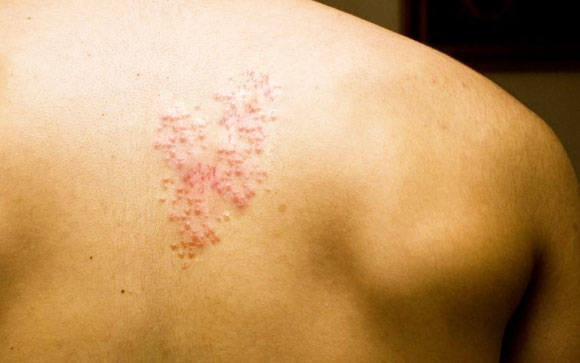
Post Herpetic Neuralgia
Postherpetic neuralgia is the most common complication of shingles. The condition affects nerve fibers and skin, causing burning pain that lasts long after the rash and blisters of shingles disappear.
The chickenpox (herpes zoster) virus causes shingles. The risk of postherpetic neuralgia increases with age, primarily affecting people older than 60. There’s no cure, but treatments can ease symptoms. For most people, postherpetic neuralgia improves over time.
SYMPTOMS
The signs and symptoms of postherpetic neuralgia are generally limited to the area of your skin where the shingles outbreak first occurred — most commonly in a band around your trunk, usually on one side of your body.
Signs and symptoms might include:
- Pain that lasts three months or longer after the shingles rash has healed. The associated pain has been described as burning, sharp and jabbing, or deep and aching.
- Sensitivity to light touch. People with the condition often can’t bear even the touch of clothing on the affected skin (allodynia).
- Itching and numbness. Less commonly, postherpetic neuralgia can produce an itchy feeling or numbness.
CAUSES
Postherpetic neuralgia occurs if your nerve fibers are damaged during an outbreak of shingles. Damaged fibers can’t send messages from your skin to your brain as they normally do. Instead, the messages become confused and exaggerated, causing chronic, often excruciating pain that can last months — or even years
RISK FACTORS
When you have shingles, you might be at greater risk of developing postherpetic neuralgia as a result of:
- Age. You’re older than 50.
- Severity of shingles. You had a severe rash and severe pain.
- Other illness. You have a chronic disease, such as diabetes.
- Shingles location. You had shingles on your face or torso.
- Your shingles antiviral treatment was delayed for more than 72 hours after your rash appeared.
COMPLICATIONS
Depending on how long postherpetic neuralgia lasts and how painful it is, people with the condition can develop other symptoms that are common with chronic pain such as:
- Depression
- Fatigue
- Difficulty sleeping
- Lack of appetite
- Difficulty concentrating
- DIAGNOSIS
Your doctor will examine your skin, possibly touching it in places to determine the borders of the affected area.
In most cases, no tests are necessary.
TREATMENT
No single treatment relieves postherpetic neuralgia for everyone. It often takes a combination of treatments to reduce the pain.
ANTICONVULSANTS
Certain anti-seizure medications, including gabapentin and pregabalin, can lessen the pain of postherpetic neuralgia. These medications stabilize abnormal electrical activity in your nervous system caused by injured nerves. Side effects include drowsiness, unclear thinking, unsteadiness and swelling in the feet.
ANTIDEPRESSANTS
Certain antidepressants — such as nortriptyline, amitriptyline, and duloxetine affect key brain chemicals that play a role in both depression and how your body interprets pain. Doctors often prescribe antidepressants for postherpetic neuralgia in smaller doses than they do for depression alone.
Common side effects of these medications include drowsiness, dry mouth, light-headedness and weight gain.
OPIOID PAINKILLERS
Some people might need prescription-strength pain medications containing tramadol) or morphine. Opioids can cause mild dizziness, drowsiness, confusion and constipation.
INJECTIONS – PAIN MANAGEMENT TREATMENT
In DR YUVRAJ PAIN CLINIC, when there is much pain due to post Herepatic neuralgia we do patients with pain management block.
Sympathetic Block: nerve root or ganglion can be helpful for postherpetic neuralgia. IN some cases when Burning pain in herpes is not relieved with medication than we required do pain management treatment.
In sympathetic block – is done according to area of pain covered for an example if neck and upper limb is involved than sympathetic block on stellate ganglion block is useful. In this pain clinic’s treatment, we do nerve block on Stellate Ganglion in neck region. If pain of herpes is in chest region than sympathetic block of T2 T3 ganglion is helpful. In both block we do injection procedure under local anaesthesia. Where we insert some needle in desired area and pass some radio frequency current so this will alter the pain pathways and patient will become pain free from post herpetic pain.



